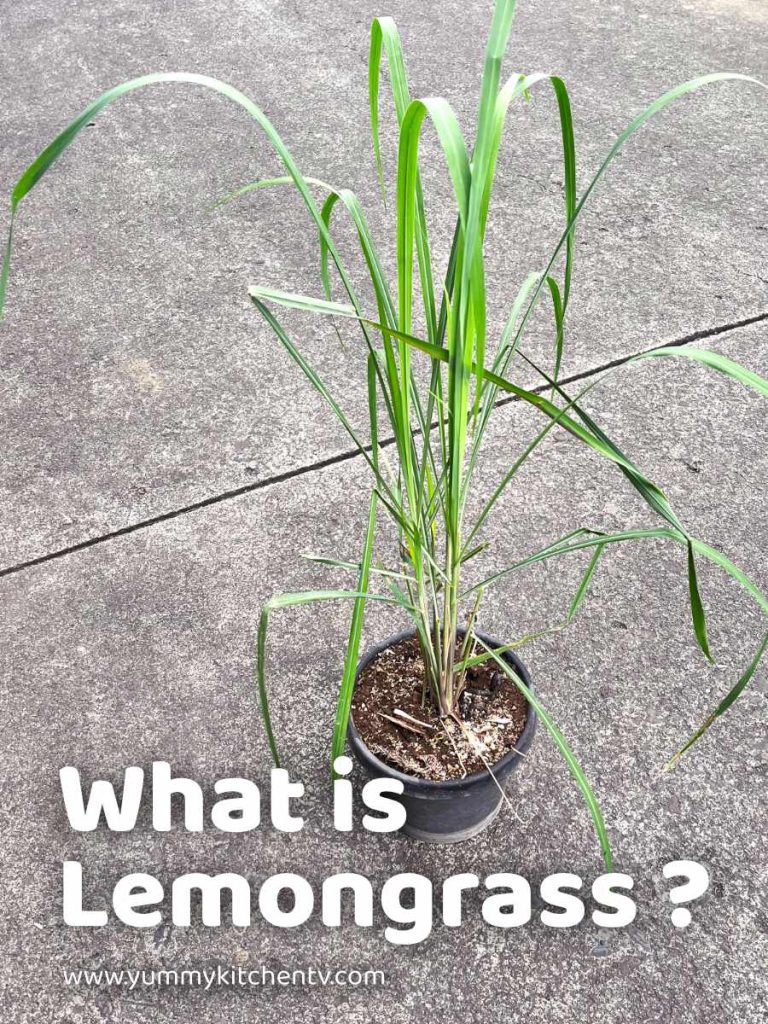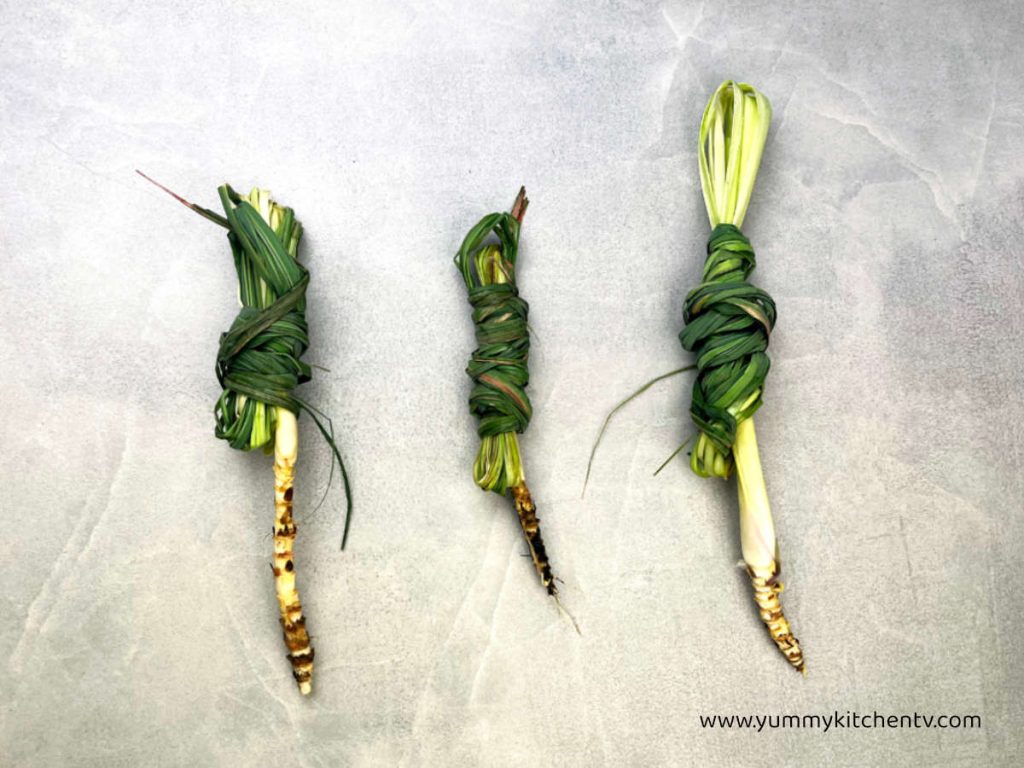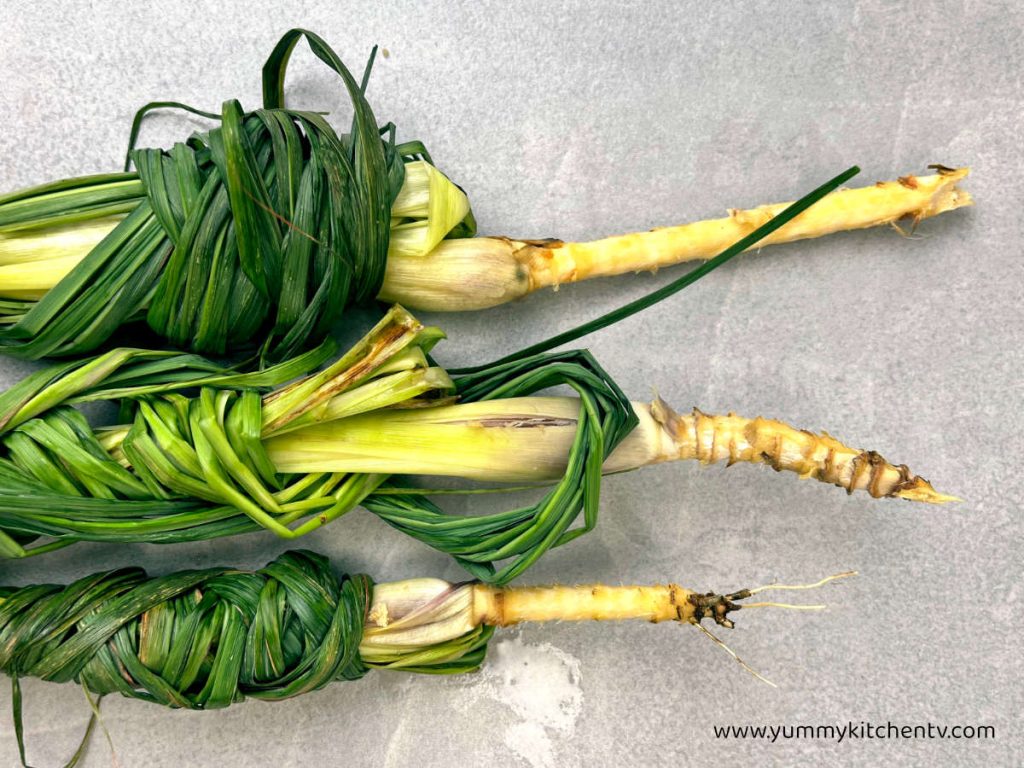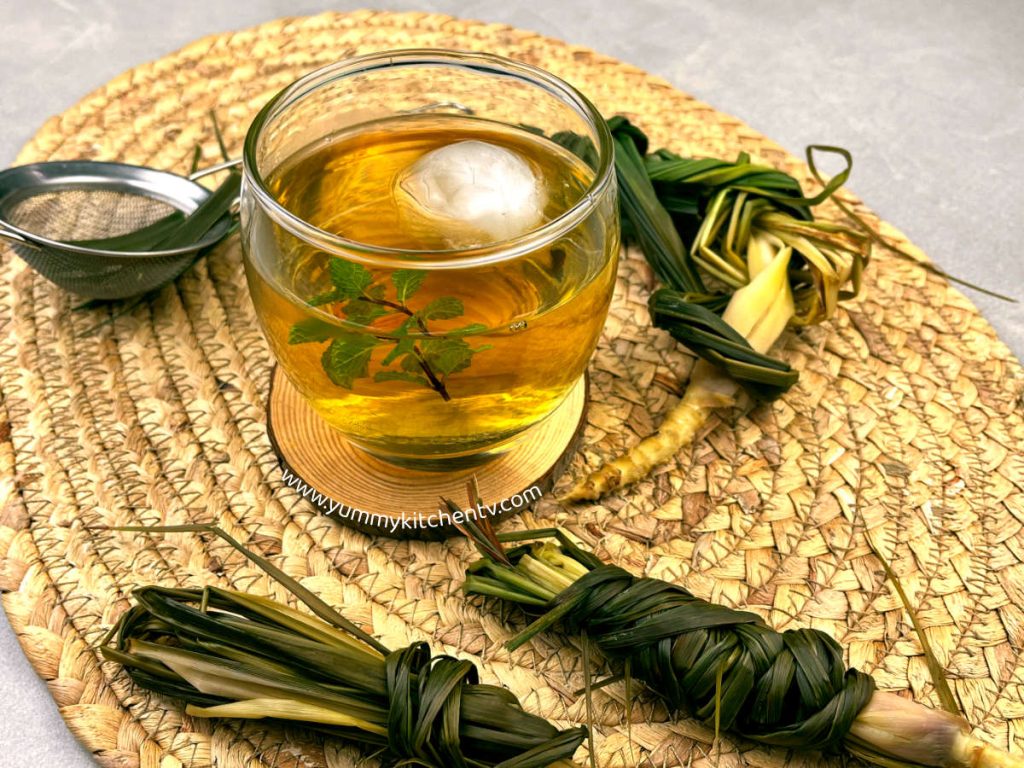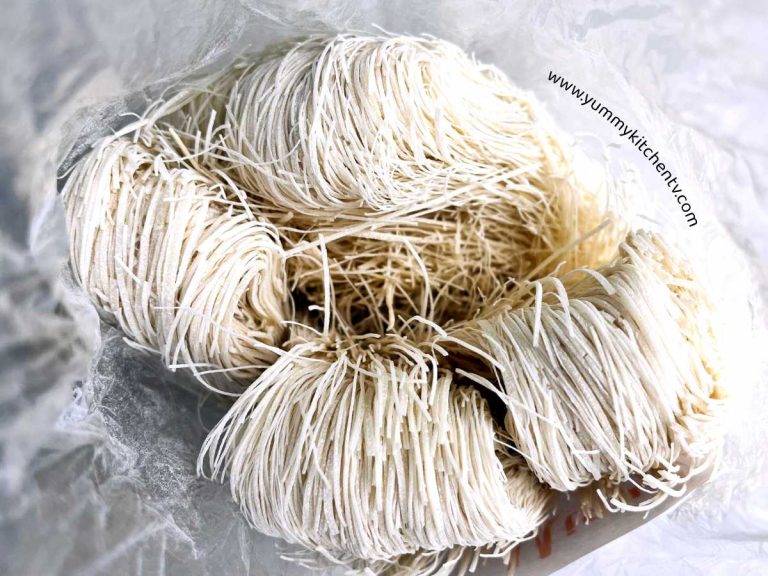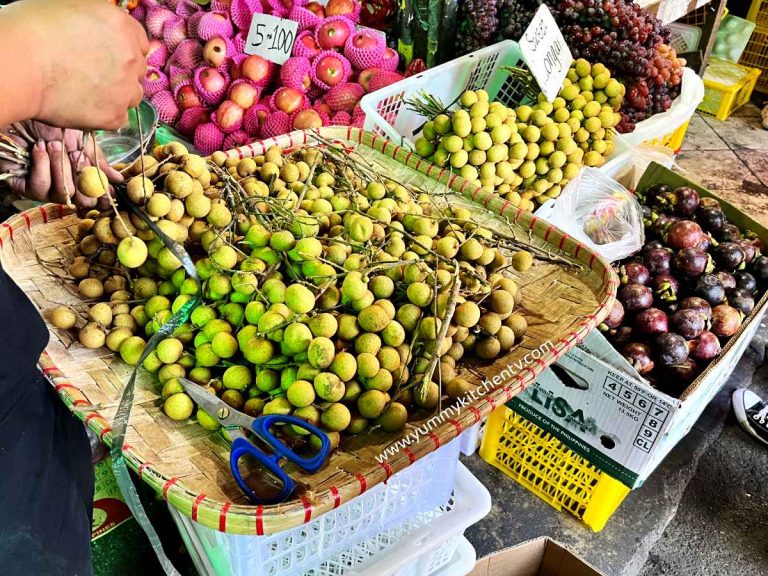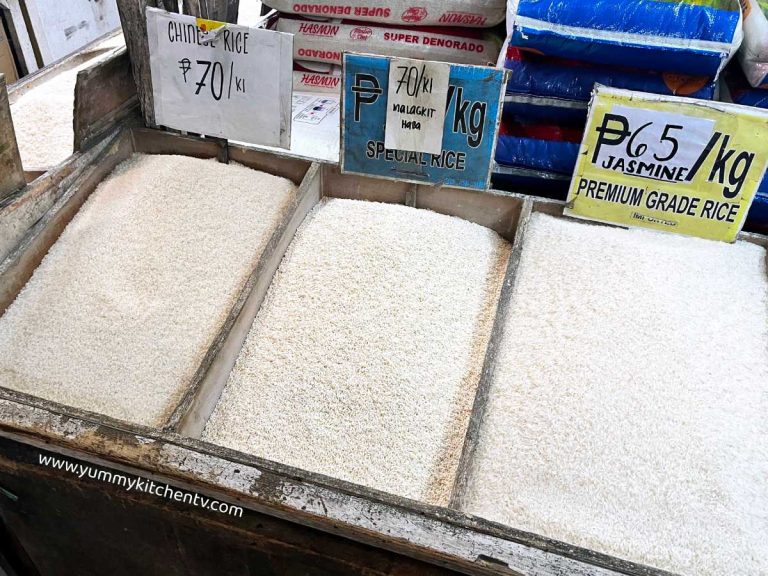The Versatile Lemongrass (Tanglad)
The Versatile Lemongrass, Tanglad (scientific name Cymbopogon), what is it exactly? You’ve probably seen this ingredient the most Asian cooking, as a herb consumed or added as flavoring, in herbal teas, or turned into essential oils, or used as medicine. Known as a cluster of silky slim grass heads, called barbed wire grass, or fever grass, closely related to citronella grass, this tropical tall plant is might be seen as such an under appreciated ingredient, but is ironically one of the most utilized herbs both used for culinary purposes, medical benefits, and household use.
A Brief History of the Versatile Lemongrass (Tanglad)
Originating from Asia, native to South India and Sri Lanka. Lemongrass actually has 55 species existing around the world. These are especially used and grown in tropical countries like China, Thailand, India, and the Philippines for medical reasons, savory dishes, drinks and desserts. Historically, lemongrass was used to make curries, soups, and the local drink ‘fever tea’, another popular name associated with lemongrass. The drink is believed to have medicinal uses; it heal fevers, diarrhea, menstruation cramps, skin infections, and stomach aches. In Thailand, these are mostly used as a flavoring agent to desserts and beverages. In the Philippines these are common for soups and savory sauce based dishes.
An Asian Perennial plant, Lemongrass (scientific name Cymbopogon citratus) is described to have long thin leaves, and a small bulb-like bottom where all the flavor and aroma comes from. Prepared by tying the stalk into a tight knot with the bulbs, the whole stick including the bulb is pounded to release all the aroma and flavors, in some dishes, these are grated or chopped to be added into marinade, sometimes even used as a brush when roasting. A little goes a long way for this plant to express its sweet, gentle herby lemon flavor. It has been gaining popularity again from the resurgence of the trend of essential oils, aromatherapy, and a wide variety of applications.
Lemongrass Benefits (and Lemongrass Uses)
The Versatile Lemongrass (Tanglad) plant has many uses in the kitchen and for home. Beneficial to the body, consumed not by eating, as this has an almost woody texture. But by adding it into dishes to flavor, drinking in tea or juice, as a therapeutic balm, these are also popularly used for the home. Here are just some examples:
- High in Vitamin A, C, antioxidants, and magnesium. Helps detoxify the body and maintain normal cholesterol levels.
- Aids in digestion, helping populate good bacteria to help the colon, and keep against constipation, cramps, and bloating.
- Lemongrass oil is used as an astringent, anti-inflammatory, antifungal, and antiseptic to heal wounds, pain relief for joint and muscle pain, and lowering body depression.
- Reduces risk of cancer, this plant has ‘citral’ a chemical compound that has anti-cancer abilities, fighting against cancer cells.
- For home use, lemongrass extract can be bought for aromatherapy to reduce anxiety, nervousness and boost your mood.
- Added into cleaning products, it kills bacteria and makes it smell fresh.
- As a bug repellent. It has citronella oil that helps fight against house flies and mosquitos.
Tanglad, the fanciful Filipino Aromatic
Another way to add a lemon-y taste into your dishes, Lemongrass or “Tanglad” in Filipino, is a common household plant that’s grown because of its ease and for culinary purposes. You’ll notice most households that have a penchant for soups, roasted chicken or pork, and other recipes that need a hint of lemon freshness, but somehow mildly earthy and warm in taste. Choose to plant tanglad at their backyards or small gardens as it’ll be readily available and cheaper. Here are some dishes to try:
- For Lemongrass tea, boil the crushed lemongrass with water, then remove it, adding sugar or any sweetener if you’d like. These can also be added into iced teas for extra punchiness.
- In curry, namely the Thai Green Curry, the paste is a mix of many aromatics, spices and chillies that make them such an interesting dish to eat.
- Tinolang manok, the Filipino comfort food, warms you up on cold nights. Served by itself or with a scoop of rice to complete the hearty meal.
- Roasted Chicken, served in different styles but instead of adding lemons, try adding lemongrass, you’ll be surprised at how almost perfect the combination is. It’s milder than lemons, making it easier to show off the chicken and share the spotlight with other seasonings.
- Sinigang, the Filipino sour soup using pork or seafood, characterized by its tamarind based soup, slight spice, refreshing and appetite boosting taste.
- Pork Belly Lechon, pork rolled in a mix of spices, seasoning, and aromatics, cooked till it’s soft and juicy in the inside, with a crunch outer skin. A dish you know people will salivate in excitement with.
- Chicken feet Adobo, chicken simmered into the popular adobo sauce, a combo of sweet, salty and savory. Adding lemongrass just elevates the dish and make it taste ‘fresher’ and more appetizing.


